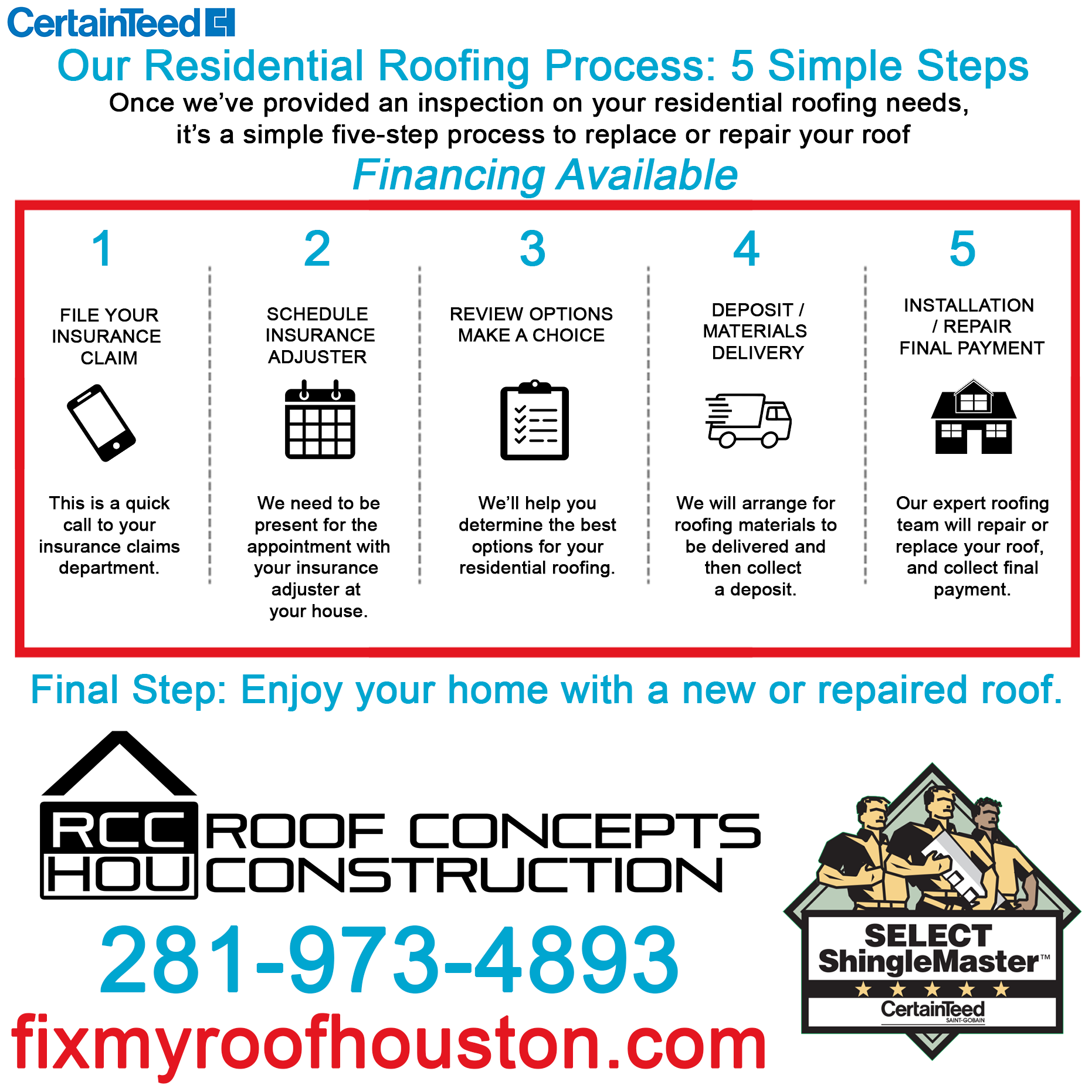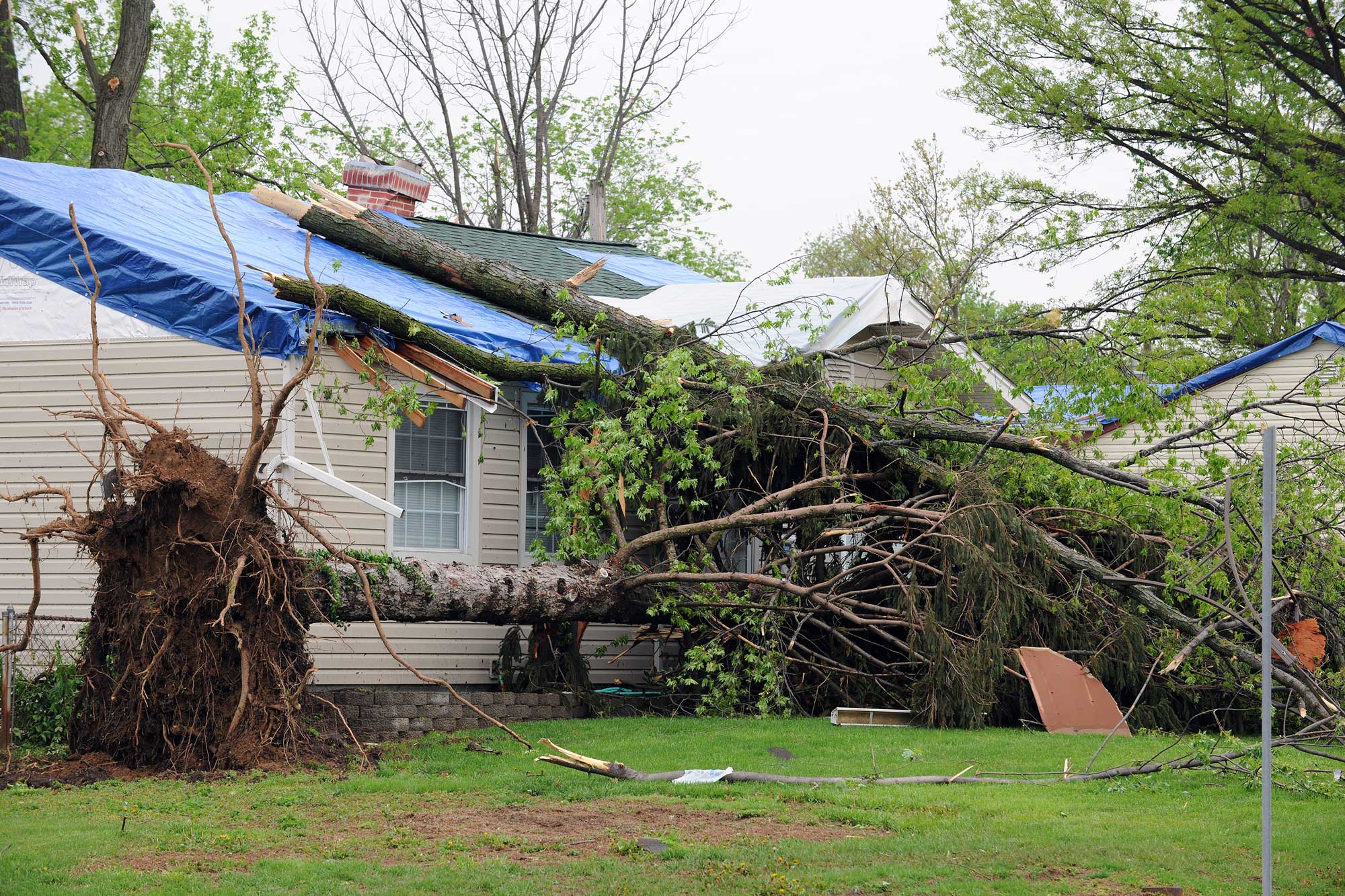
How to Prevent Roof Damage from Heavy Snowfall
Winter can transform landscapes into picturesque wonderlands, but it also brings challenges, particularly for homeowners. Among the most significant concerns during winter is the potential damage to roofs caused by heavy snowfall. While snow may look harmless, its weight, combined with freezing temperatures, can exert immense pressure on your roof, leading to a host of problems ranging from minor leaks to complete structural failure. Understanding how snow and ice interact with your roof and taking proactive steps can save you from costly repairs and unsafe living conditions.
Heavy snowfalls are especially problematic in regions that experience prolonged winters, where snow accumulation can reach critical levels. As snow piles up, its weight increases exponentially, particularly when it becomes compacted or water-laden. Beyond this, the cyclical freeze-thaw processes common in winter can create ice dams and other issues that worsen the strain on your roof. If left unaddressed, these conditions can lead to water intrusion, sagging structures, and even roof collapse.
This guide provides an in-depth exploration of the risks posed by heavy snowfall and offers actionable steps to protect your roof. From preparation techniques and routine maintenance to emergency measures and long-term solutions, this article will equip you with the knowledge to ensure your roof remains safe and intact throughout winter. Whether you’re a homeowner in a snowy climate or a property manager responsible for multiple buildings, understanding and implementing these strategies is crucial to minimizing damage and preserving the integrity of your roof.
By being proactive, you can reduce the stress placed on your roof and avoid the extensive repairs that often follow severe winters. A strong and well-maintained roof not only protects your home from structural damage but also ensures the safety and comfort of everyone inside. With heavy snowfall predicted to become more frequent in certain regions due to changing weather patterns, now is the time to adopt preventive measures. This guide will help you navigate every aspect of winter roof care, empowering you to handle heavy snowfall effectively and confidently.
Understanding the Risks of Heavy Snowfall on Roofs
Weight Stress
The sheer weight of accumulated snow is one of the most significant threats to your roof. Wet snow is particularly heavy, with a cubic foot weighing up to 20 pounds, while compacted ice can weigh even more. Over time, this stress can cause:
- Structural Sagging: Prolonged exposure to heavy snow may lead to sagging beams and weakened rafters.
- Cracks and Breakage: Excessive weight can crack shingles, tiles, and roof decking, reducing the roof’s ability to repel water effectively.
- Roof Collapse: In extreme cases, excessive snow load can lead to catastrophic roof failure, especially in older or poorly maintained structures.
Ice Dams
Ice dams occur when snow melts unevenly on your roof. Warm attic temperatures cause snow to melt, but the water refreezes upon reaching the colder edges of the roof, forming thick ice ridges. These dams can lead to:
- Blocked Drainage: Preventing snowmelt from flowing into gutters, causing water to back up.
- Water Intrusion: As water pools behind the ice dam, it can seep under shingles and damage roof decking, insulation, and interior ceilings.
- Increased Weight: Ice dams add additional stress to the roof and gutters, compounding the risks of structural damage.
Leaks and Water Intrusion
Melting snow can find its way through small cracks, seams, or other weak points on your roof. Over time, this water intrusion can lead to:
- Interior Damage: Stains, peeling paint, and warped ceilings or walls.
- Mold and Mildew Growth: Persistent moisture fosters mold, which can harm your home’s structural integrity and indoor air quality.
- Compromised Insulation: Water-logged insulation loses its effectiveness, increasing energy costs and reducing comfort.
Structural Weaknesses
Heavy snowfall exacerbates existing roof vulnerabilities. Pre-existing issues such as loose shingles, corroded flashing, or decayed wood are more likely to worsen under the weight of snow and ice, increasing the risk of costly repairs or replacements.
Gutter Damage
Snow and ice that accumulate in gutters add significant weight, which can cause:
- Detached Gutters: Gutters pulling away from the roofline, damaging fascia and soffit boards.
- Improper Drainage: Impaired drainage can cause water to pool at the base of your home, increasing the risk of foundation damage.
Understanding these risks emphasizes the importance of proactive measures to protect your roof from heavy snowfall.
Preparing Your Roof for Winter
Preparation is the foundation of protecting your roof from the damaging effects of winter weather. Addressing vulnerabilities before the first snowfall ensures your roof is well-equipped to handle heavy snow and ice loads.
Roof Inspection
A thorough roof inspection identifies potential weaknesses that could worsen during winter.
- Hire a Professional: Roofing contractors can detect subtle issues, such as weakened trusses or degraded flashing, that might escape the untrained eye.
- Conduct a DIY Inspection: If hiring a professional isn’t an option, look for loose shingles, cracks, or areas where water might pool. Pay special attention to joints, valleys, and areas around chimneys or skylights.
Reinforce Roof Structures
If your roof is older or has shown signs of strain in the past, reinforcing it is crucial.
- Strengthen Rafters and Trusses: Adding additional support beams or braces increases the roof’s weight-bearing capacity.
- Install Snow Guards: These devices hold snow in place, allowing it to melt gradually rather than sliding off in large, heavy sheets that could damage gutters or nearby structures.
Seal Vulnerable Areas
Preventing water intrusion is critical for maintaining a durable roof.
- Use Roof Sealants: Apply high-quality sealants or caulk to areas around vents, chimneys, and flashing.
- Waterproof Membranes: Install an underlayment beneath shingles to act as a second barrier against water infiltration.
Clean Gutters and Downspouts
Clear gutters and downspouts are vital for efficient snowmelt drainage.
- Remove Debris: Leaves and twigs can obstruct water flow, leading to ice dam formation.
- Gutter Guards: Installing guards prevents debris buildup and ensures proper drainage during winter.
Improve Insulation and Ventilation
Proper attic insulation and ventilation are essential for preventing ice dams and maintaining roof longevity.
- Install Adequate Insulation: Insulation minimizes heat escape, reducing the risk of uneven snow melting.
- Ensure Proper Ventilation: Ridge and soffit vents maintain consistent roof temperatures, helping to prevent ice dams.
A well-prepared roof is far less likely to succumb to the challenges of heavy snowfall.
Routine Maintenance During Winter
Maintaining your roof throughout the winter months helps catch and address issues before they become major problems.
Remove Snow Accumulation
Allowing snow to build up on your roof increases the risk of structural damage and ice dams.
- Use a Roof Rake: A roof rake with a long handle allows you to clear snow from the ground safely. Focus on areas prone to heavy accumulation, such as valleys or eaves.
- Hire Professionals: For excessive snow or hard-to-reach areas, enlist professional snow removal services to avoid damaging your roof or putting yourself at risk.
Monitor Ice Dams
Preventing and addressing ice dams as they form is crucial for protecting your roof.
- De-Icing Cables: Install heat cables along roof edges to melt ice and maintain proper water flow.
- Clear Channels in Ice: Use warm water or a calcium chloride ice melter to create drainage channels. Avoid using sharp tools, as they can damage shingles.
Inspect for Leaks and Water Damage
Water damage is often hidden until it becomes a significant issue.
- Check Your Attic: Look for signs of water intrusion, such as wet insulation, mold growth, or discoloration.
- Inspect Exterior Walls: Icicles or water stains on walls can indicate improper drainage or ice dam issues.
Maintain Gutters
Clear gutters regularly to prevent ice buildup that could exacerbate drainage problems or cause structural damage. Use warm water or heating devices to melt ice safely.
Regular winter maintenance ensures your roof remains in optimal condition, reducing the likelihood of costly repairs.
Long-Term Solutions for Snow-Resilient Roofs
For areas prone to heavy snowfall, long-term investments in roof upgrades can provide lasting protection and peace of mind.
Upgrade Roofing Materials
Choosing durable, weather-resistant materials significantly improves your roof’s performance.
- Metal Roofing: Metal roofs are ideal for snowy regions because they shed snow easily and resist corrosion.
- Impact-Resistant Shingles: These shingles are designed to withstand hail, ice, and other harsh winter conditions.
Optimize Roof Design
Design adjustments can improve your roof’s ability to handle heavy snowfall.
- Steeper Pitches: Roofs with steep slopes shed snow more effectively, reducing accumulation and structural stress.
- Snow-Shedding Features: Incorporate design elements like dormers or overhangs that encourage snow to fall off safely.
Install Heating Systems
Heating systems help prevent ice buildup and maintain consistent roof temperatures.
- Heated Panels: Installing heating panels on your roof prevents snow from accumulating and ice from forming.
- Heated Gutters: These systems ensure snowmelt flows smoothly away from the roofline, reducing ice dam risks.
Build with Snow Load in Mind
If you’re building a new home or replacing an old roof, design it to withstand your area’s typical snow load. Consult structural engineers to ensure compliance with local building codes and
snow load requirements.
Long-term investments in roof resilience ensure your property is well-protected for years to come.
Emergency Measures During Heavy Snowfall
When heavy snowfall overwhelms even the best-prepared roofs, quick and effective emergency measures can prevent disaster.
Recognize Warning Signs
Stay alert for signs of excessive snow load or roof stress, including:
- Sagging Beams: Visible sagging or bowing of rooflines indicates structural strain.
- Unusual Noises: Creaking or popping sounds may signal potential roof failure.
- Water Leaks: Active leaks or water stains require immediate attention.
Safely Remove Excess Snow
Address excessive snow buildup promptly to avoid further damage.
- Use Proper Tools: Roof rakes or pushers are safer than climbing onto the roof.
- Hire Experts: For severe conditions, professional snow removal services are your safest option.
Address Ice Dams Quickly
Minimize damage from ice dams by melting them with de-icing cables or calcium chloride pellets. Redirect water runoff away from your foundation to prevent flooding.
Provide Temporary Solutions
In emergencies, temporary fixes can help until professional repairs are possible.
- Cover Leaks: Use tarps or plastic sheeting to prevent water from entering your home.
- Brace Weak Areas: Use supports to stabilize sagging sections of the roof.
Emergency preparedness ensures you can act quickly to minimize damage and maintain safety during extreme weather.
Conclusion
Preventing roof damage from heavy snowfall is a vital aspect of winter home maintenance, particularly in areas prone to severe weather conditions. The challenges posed by heavy snow accumulation, ice dams, and freezing temperatures demand a proactive and comprehensive approach to roof care. By understanding the risks, taking preventive measures, and responding to issues promptly, homeowners can significantly reduce the likelihood of costly repairs and ensure their property remains safe and functional throughout the winter months.
A well-maintained roof is more than just a structural component of your home; it is the first line of defense against harsh environmental elements. Preparing for winter involves addressing vulnerabilities, such as inspecting for damage, reinforcing structural components, and ensuring proper insulation and ventilation. These steps help your roof withstand the weight of heavy snow while preventing the formation of damaging ice dams.
Routine maintenance during the winter season, such as removing excess snow and monitoring for leaks, further minimizes the risk of damage. Small actions, like clearing gutters and using roof rakes, can prevent major issues from developing. Meanwhile, staying alert for warning signs such as sagging beams, unusual noises, or water stains ensures you can act swiftly to prevent emergencies.
For those living in regions with consistent heavy snowfall, long-term solutions such as upgrading roofing materials, improving roof design, and installing heating systems offer added resilience. Investing in snow-resistant roofing materials like metal or impact-resistant shingles can extend your roof’s lifespan and reduce maintenance costs. Features like steeper roof pitches or heated panels not only improve your home’s ability to manage snow but also enhance energy efficiency and comfort.
In emergencies, quick actions like safely removing snow, addressing ice dams, and applying temporary fixes can prevent further damage until professional repairs can be made. These emergency measures highlight the importance of preparation and a readiness to address unexpected challenges during harsh winters.
Ultimately, protecting your roof from heavy snowfall is about more than avoiding immediate damage—it’s about safeguarding your home, your family’s safety, and your long-term investment. A damaged roof can lead to a cascade of other problems, including water intrusion, mold growth, and compromised structural integrity, all of which can have significant financial and emotional impacts. By taking preventive steps and maintaining your roof consistently, you ensure peace of mind and the ability to enjoy the winter season without unnecessary worry. In today’s changing climate, with extreme weather becoming increasingly common, adopting these measures is more important than ever. Proactive roof care is not just a seasonal task—it’s a year-round commitment to preserving your property’s value and ensuring its ability to withstand nature’s challenges. With careful preparation, routine upkeep, and smart investments in long-term solutions, your roof will remain a strong, reliable shield against even the heaviest snowfall for years to come.



